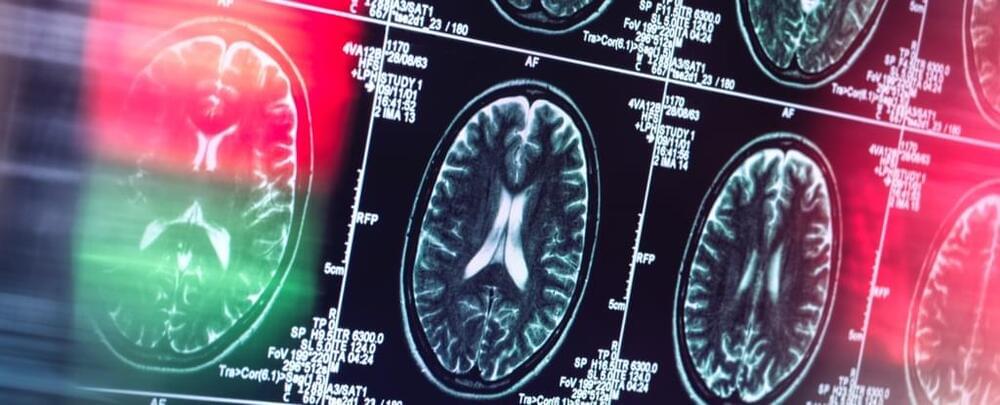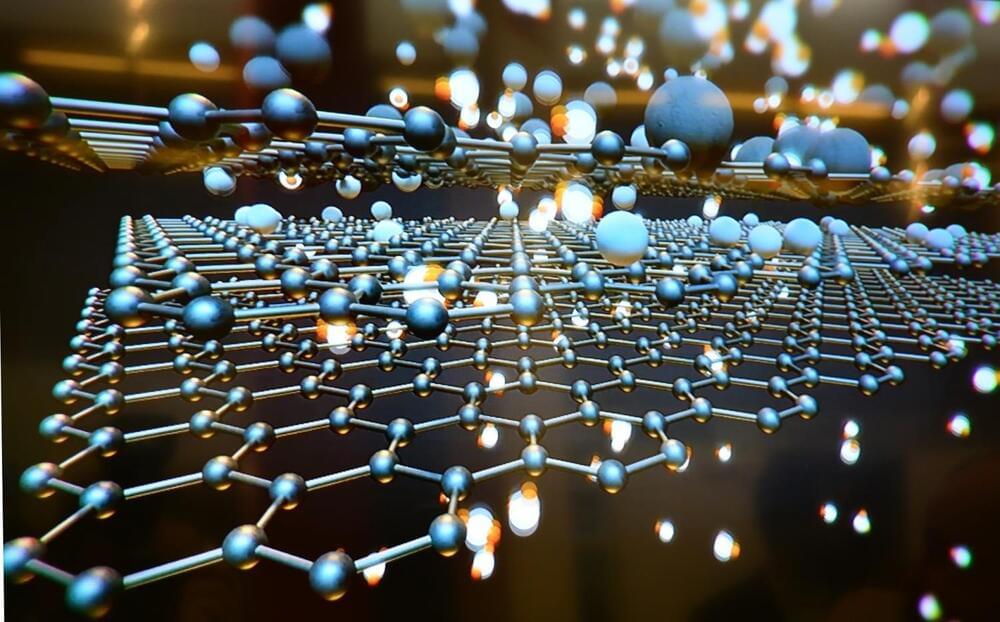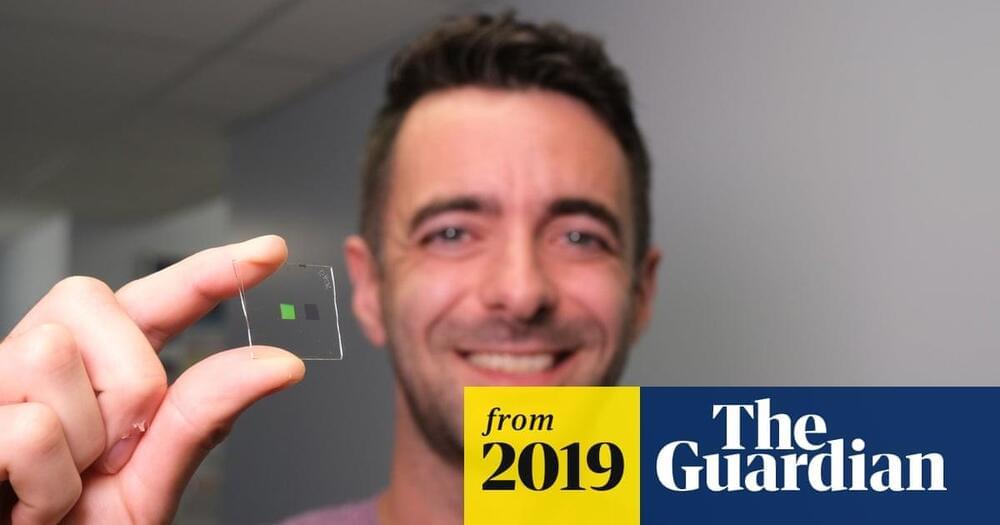Sep 20, 2022
Mark Zuckerberg has lost $70 billion in 2022 after metaverse leap
Posted by Gemechu Taye in category: habitats
Markets have been down but Meta’s stock price loss is astounding.
Facebook founder Mark Zuckerberg’s personal worth has eroded by a whopping $71 billion dollars in 2022 alone, the most for any billionaire as tracked by Bloomberg.
Interesting… More
Continue reading “Mark Zuckerberg has lost $70 billion in 2022 after metaverse leap” »


















